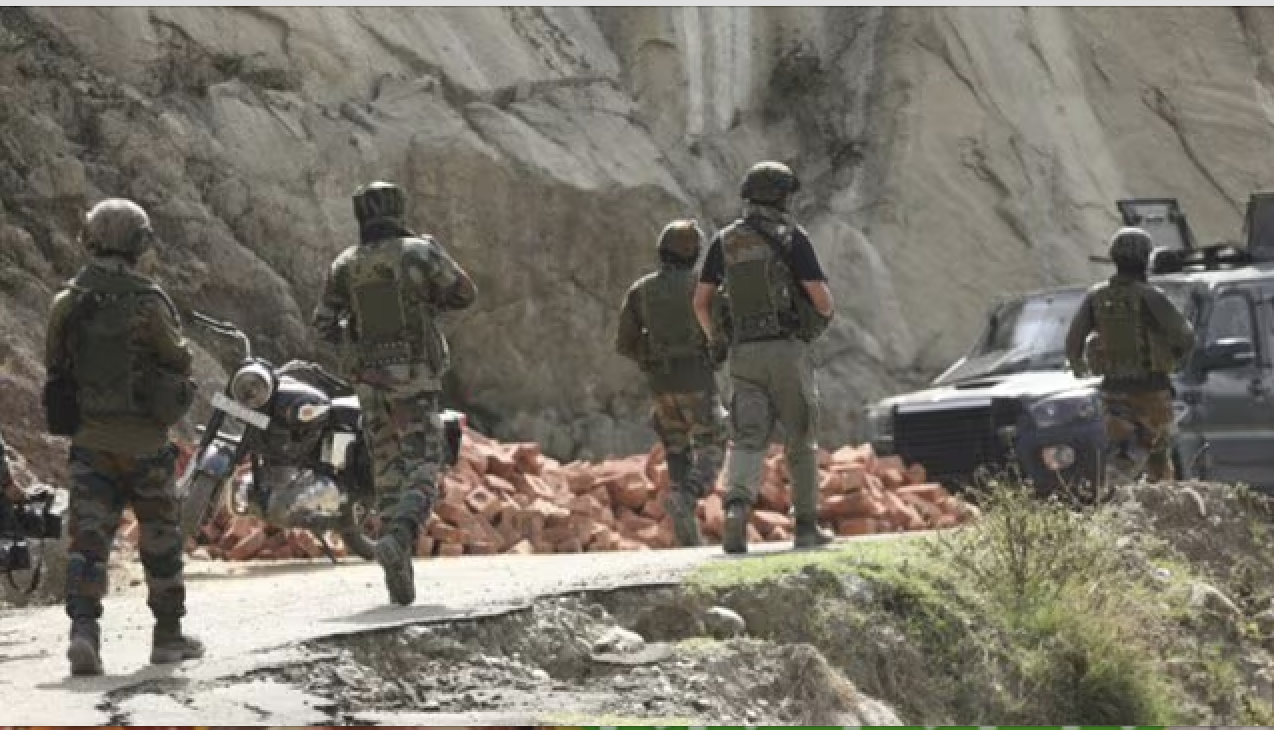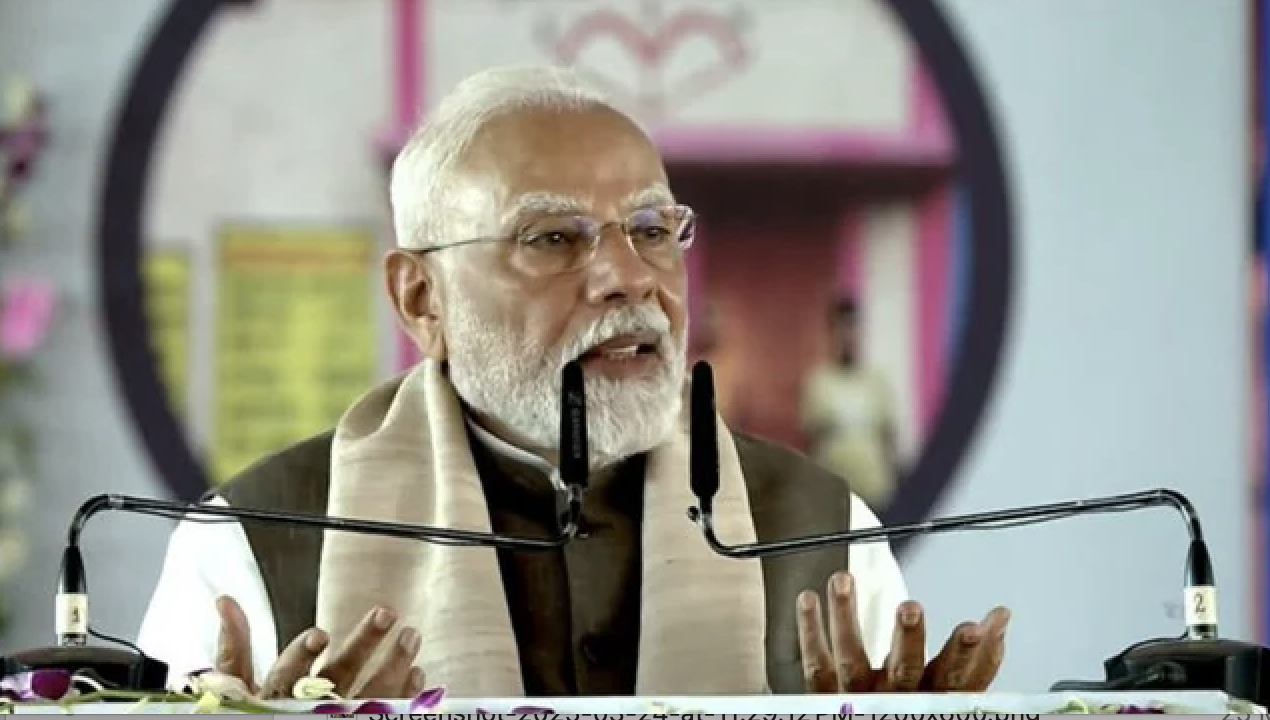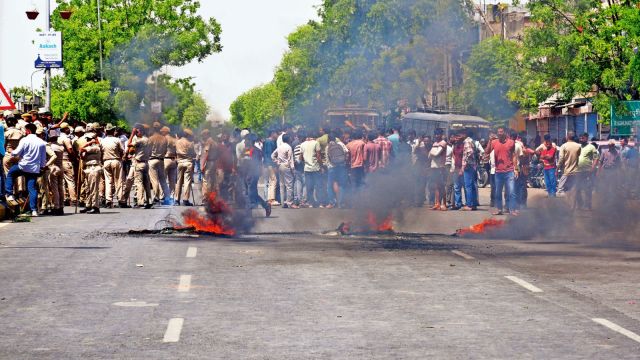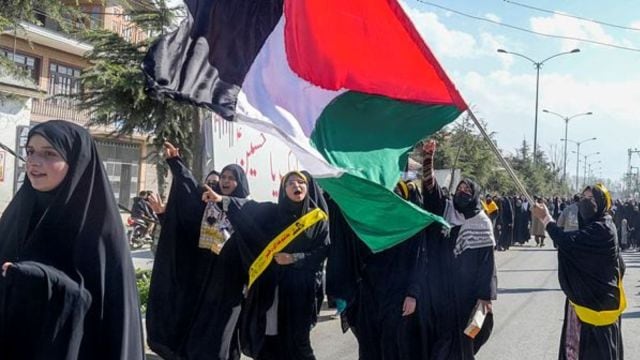
Kolkata, India – At the three-storey building of Sarada Shishu Vidya Mandir, a school for grades five to 10 in Uluberia town in the eastern Indian state of West Bengal, students gather every day at the prayer hall 15 minutes before their classes begin.
The walls in the prayer hall are bedecked with colourful posters of Hindu deities, saints, mythological figures, ancient Indian scholars, kings and Hindu religious practices. The prayer starts with the Saraswati Vandana, a chant praising Saraswati, the Hindu goddess of knowledge.
When students enter the classrooms after the prayers, they encounter the same ancient figures yet again – in a series of books called Sanskriti Bodhmala, or cultural awareness manuals, published in English, Hindi and several other Indian languages. The Sanskriti Bodhmala books are mandatory for the students of classes four to 12, who also have to take a nationally coordinated annual test based on these books.
For more than two centuries, millions of Indians, especially Hindus, have long read about the ideas and philosophies attributed to ancient scholars from what is known as the Vedic era (1500 BC to 500 BC), when many of the religion’s scriptures were written.
But under Prime Minister Narendra Modi, many of these concepts have made their way into India’s vast formal schooling system, blurring the lines between religious Hindu beliefs on the one hand and established history and science on the other.
This story was originally published in aljazeera.com. Read the full story here.






